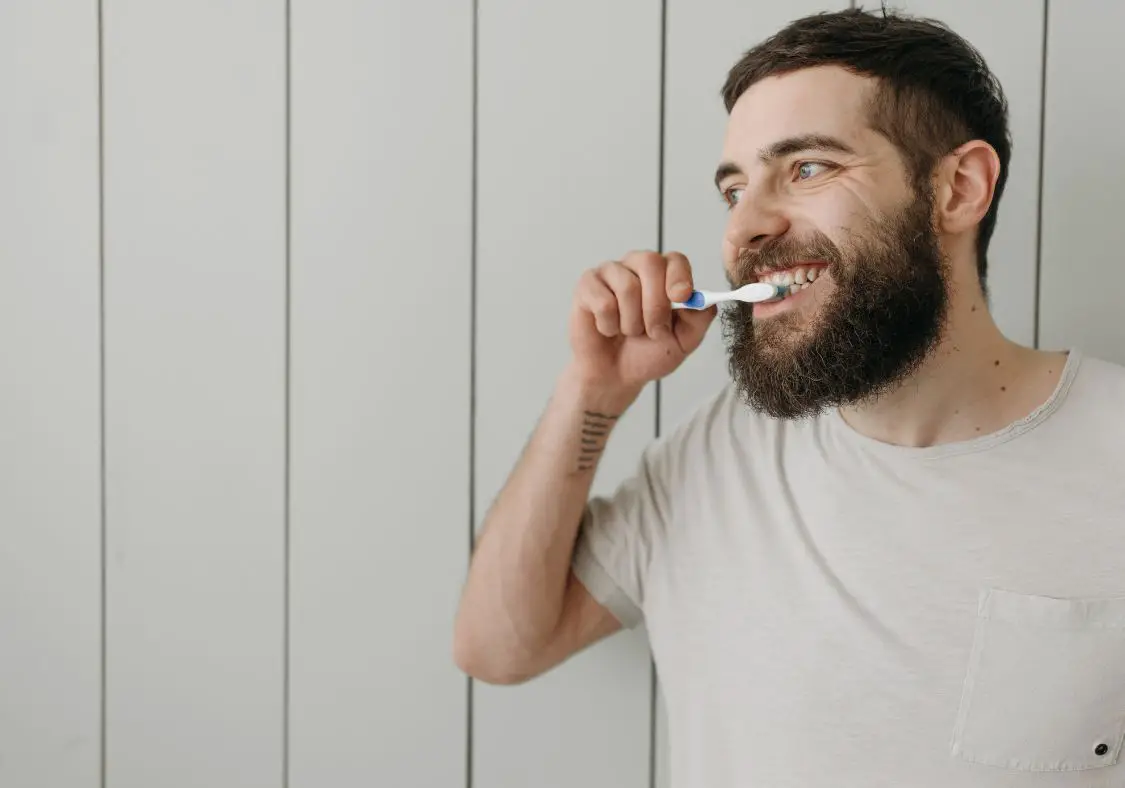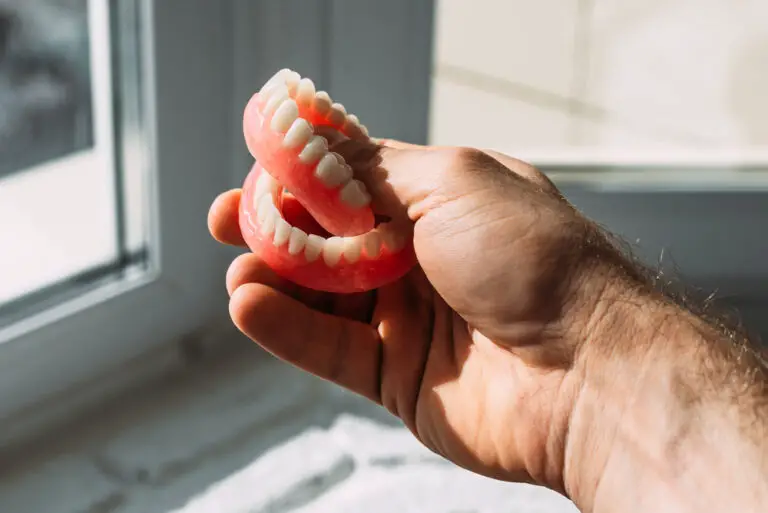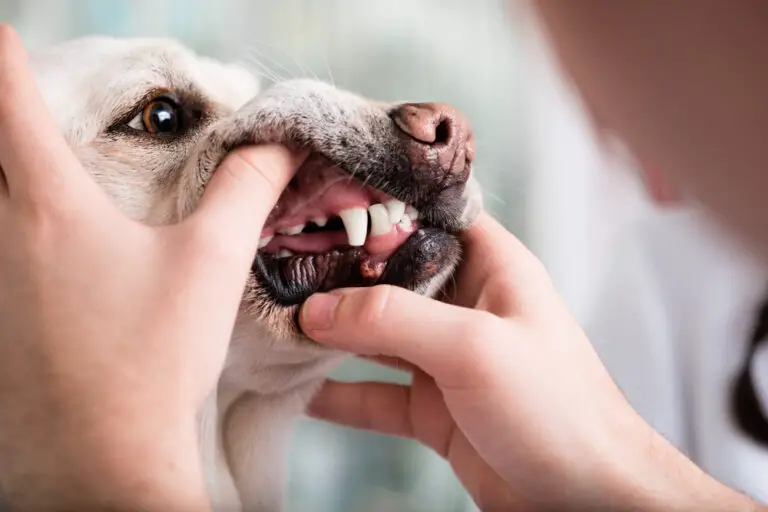The Diets of Early Humans Were Drastically Different
The diets of early hunter-gatherer humans were extremely dissimilar from modern diets in developed nations. This dietary difference is arguably the most influential factor as to why early humans did not need to brush their teeth.
Early hominid species dating back millions of years to Australopithecus afarensis and Paranthropus boisei consumed tough, fibrous vegetation. Their powerful jaws and molars were well-suited to grinding coarse plant matter. This offered a natural teeth cleaning benefit.
Later Pleistocene era hunter-gatherers subsisted on a mix of wild meats, tubers, berries, nuts, and seeds. Their diverse diets included species such as mammoths, elk, fish, turtles, mollusks, yams, turnips, strawberries, and walnuts. These foods varied by season and geography.
This natural diet was abrasive enough to wear down layers of dental plaque, tartar, and debris in the absence of toothbrushes. The foods also had natural antiseptic compounds that could inhibit bacteria. For example, certain tree saps, resins, and barks contain antimicrobial tannins.
Additionally, the hunter-gatherer diet was extremely low in processed sugars. Refined sugars are a primary driver of tooth decay by feeding acid-producing oral bacteria. However, early humans had virtually no access to sugars beyond small amounts in berries and honey. This kept acidic bacterial fermentation in check.
In contrast, modern diets often rely heavily on soft, processed domesticated grains, refined carbohydrates, and added sugars. The average American consumes up to 150 pounds of sugar per year. This dramatically alters the oral microbiome and demineralizes tooth enamel through prolonged acid exposure. The modern diet provides no inherent teeth cleaning action.
Key Dietary Differences Impacting Dental Health
| Dietary Factor | Early Human Diets | Modern Diets |
|---|---|---|
| Food textures | Tough, coarse, fibrous | Processed soft foods |
| Sugar content | Very low sugars | Added sugars up to 150 lbs/year |
| Food acidity | Low acidity | Frequent acid foods and drinks |
| Tooth cleaning action | Built-in abrasive cleaning | No inherent cleaning |
| Bacterial environment | Less acid-producing bacteria | Acidogenic bacteria thrive |
Tooth Decay Was Much Less Common in Early Humans

In line with their more tooth-friendly diets, analysis of early human teeth reveals they had far fewer cavities than modern populations. One study found cavity rates were less than 5% in Pleistocene hunter-gatherers compared to near 100% of adults in industrialized nations today.
Several factors likely contributed to the rarity of tooth decay in early peoples:
- Thicker tooth enamel due to genetics and chewing stresses strengthened early human teeth.
- Fluoride levels were higher in some natural water sources used by hunter-gatherers. Fluoride hardens enamel.
- Lower overall consumption of sugars starved acid-causing bacteria of their favorite food source.
- Natural plant compounds with antimicrobial effects suppressed bacteria.
- The abrasive diet mechanically wiped away acidic biofilms before they could demineralize enamel.
Additionally, archeological evidence indicates early humans had much lower rates of periodontal disease, tooth loss, and malocclusion compared to modern populations. This suggests the early natural diet and oral environment better supported lifelong dental health.
However, a small minority of early humans still developed ante-mortem tooth loss and abscesses due to trauma, infections, or genetics. Dental problems were not nonexistent but occurred at significantly lower frequencies overall.
Prevalence of Dental Issues: Early Humans vs. Modern
| Dental Problem | Early Humans | Modern Humans |
|---|---|---|
| Cavities | <5% of teeth | 90-95% of adults |
| Gum disease | Minimal to mild | 47% have periodontitis by age 30 |
| Malocclusion | Rare | Increased crowding issues |
| Tooth loss | Primarily post-mortem | 25% lost by age 74 |
Shorter Average Lifespans Played a Role

A third reason early humans had fairly healthy teeth without brushed is their average lifespans were much shorter than modern times. This minimized total wear and tear on their teeth over time.
In Paleolithic eras, average life expectancy at birth was estimated to be around 30-35 years due to high infant mortality rates. However, studies show if early humans survived into adulthood, they could expect to live around 54 years on average.
Although lacked oral hygiene, early humans’ relatively short life spans restricted the decades-long accumulation of plaque, tartar, and bacteria seen in modern long-lived adults. Their naturally abrasive diets also cleaned the teeth throughout life limiting buildup.
Most oral health issues manifest more severely later in life. For example, gingivitis progresses to periodontitis typically as humans age. Root exposure and recession worsen over time. And carious lesions have longer to demineralize enamel the more years a person lives.
Since relatively few early humans survived into true geriatric age where dental problems peak, this statistical lifespan effect also reduced requirements for diligent tooth brushing. Shorter lives meant less wear on teeth overall.
Average Lifespans: Early Humans vs. Modern
| Era | Average Life Expectancy | Average Adult Lifespan |
|---|---|---|
| Early humans | 30-35 years | 40-54 years |
| Modern humans | 70+ years | 80+ years |
In summary, early humans had no need to brush their teeth primarily because their natural diets kept teeth clean and free of decay. Shorter average lifespans also ensured teeth accumulated less damage over time. It was not until the modern processed diet and increased longevity that diligent oral hygiene became essential for human health.
Frequently Asked Questions
Weren’t tooth decay and cavities still common back then?
While some archeological specimens do show ante-mortem tooth decay and loss, overall rates were very low compared to today. Early human teeth were well-adapted to their diet environment. Tooth issues existed but were not ubiquitous like in the modern junk food era with excessive sugar.
Didn’t early humans use some type of natural tooth cleaning tools?
Yes, records indicate early humans made primitive tooth-cleaning tools from things like tree twigs, bird feathers, and animal bones. But these methods were likely very marginal versus modern nylon bristled toothbrushes and pastes. Early humans got away with minimal cleaning due to other factors like diet.
How do we know ancient teeth were healthier than today’s teeth?
By analyzing skeletal remains and teeth from archeological sites, anthropologists can study rates of cavities, abscesses, wear patterns, and calcified tartar deposits. These all provide evidence of oral health compared to modern clinical dental data. The differences are striking.
At what point did brushing become a necessity for humans?
Regular tooth brushing became essential around the time of the agricultural revolution 10,000-12,000 years ago. As processed grains and carbs replaced wild diets, dental decay shot upwards. Ancient Egyptians made tooth sticks to clean their teeth 5,000+ years ago.
What was the best part of early human diets for good dental health?
The complete lack of refined sugars and simple carbohydrates in hunter-gatherer diets was arguably the most protective factor for teeth. Without sugars feeding acidic plaque, tooth enamel remained strong and cavity-free even without brushing.






